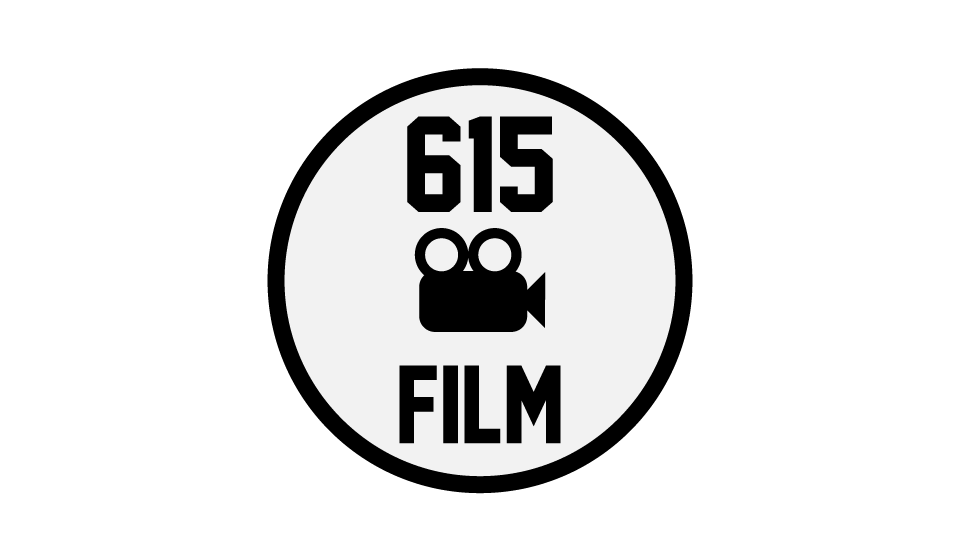From the documentaries Apollo 11 and Amazing Grace to foreign narratives like The Worst Person In The World and the 2020 Best Picture Oscar winner Parasite, Neon Films has cemented itself as a film distributor willing to give work from documentarians and foreign filmmakers theatrical runs in the United States. This year, they look to achieve more success not only in the Academy Award categories of Best Documentary and Best International Film, but also in Best Animated Feature with Flee, a riveting look at a man’s haunting experiences as a refugee from Afghanistan, which are told with a creative use of animation and stellar direction to make one of the best documentaries of 2021.
The refugee in question goes by the pseudonym Amin Nawabi (done to protect the subject’s identity), and Flee follows him in every part of his contemporary life, from his life in Denmark with his fiancé Kasper, to interviews where Jonas Poher Rasmussen, the film’s director and a real life friend of Amin’s, asks him to confront the trauma of his upbringing brought about by the Mujahideen guerilla group’s overthrowing Afghanistan’s system of government in the late 1970s.
From there, they rounded up and threw three thousand people in jail, one of whom being Amin’s father. Things get worse when civil war breaks out in Afghanistan in 1989, prompting Amin and his mother, brother and two sisters to desert their home and go to incredible lengths to flee the country while evading law enforcement at every turn, whether it’s in the lower decks of a small, shanty boat or take refuge in a tiny apartment hiding from law enforcement, waiting for the money to travel to sanctuary in Denmark.
Amin’s stories do take turns for the harrowing, but he has the comforting hand of Rasmussen to guide him along the way, and when Amin finds himself struggling to describe a tragic turn in his life, the documentary transitions out of the interviews so Amin can sit up from the couch on which he’s laying and have pleasant conversations with his friend of many years about memories of their bond, show Rasmussen photos of himself and his family, and even introduce him to Kasper, who’s eager to settle down with Amin in a house of their own. Sadly, the tragic circumstances of Amin’s childhood have left a significant toll on him mentally, and it’s up to Amin to come to terms with his past in order to move forward with the life he has now.
The kind of camaraderie that Rasmussen offers Amin throughout the making of Flee is nothing short of affecting, and also demonstrates his incredible empathy as a documentarian. He probes Amin with delicate questions over the course of his interview, such as the earliest thing he remembers and his definition of home, the results of which paint a melancholy yet truthful picture of his friend and the lasting effects of refugee life, thanks to how Amin describes his journey with pensiveness and a revealing vulnerability. Meanwhile, in the editing room, Flee sparingly cuts to old news footage about Afghanistan’s fall to not only add more context to Amin’s story as it goes along, but also build tension in the form of setting up a new obstacle for his family on their trek.
What sets Flee apart from other documentaries to come out this year, however, is its thoughtful use of animation that helps the film transcend the possibilities of both the documentary and animation genres into one of the most unique narratives in recent memory. While most live-action documentaries employ talking heads and montages of b-roll, using 2D, graphic novel-esque visuals to tell Flee’s narrative allows Rasmussen to go the extra mile in protecting the identity of his friend, and aid in visualizing Amin’s stories as he remembers them, further demonstrating the staying power of memory.
Examples of this come early on when Amin describes the block on which he lives to the tiniest attributes, while characters’ facial expressions, hair colors and the environments around them are filled with gorgeous colors and realistic facial expressions. On the other end of the spectrum, scenes of chaos and moments he vaguely recalls from hearsay appear through sequences scrawled out in outlines with only sporadic splotches of color, with character models devoid of facial features or definition.
The film’s animation also allows for the ability to capture Amin’s life outside of interviews, like when he and Kasper go to an open house, and even when he flies to the United States to continue post-doctoral research at Princeton. The character design and facial expressions also add an innocence to Amin as a child when the film flashes back to his family’s hardships; his small, round eyes convey his uncertainty and fear in a way that reaches all audiences, such as when he is forced to follow ne’er do wells through a forest in the winter, and watches in horror as they threaten to commit an atrocity to an innocent bystander in their group.
There are a plethora of revelations that Amin unveils as well as directions that his life story takes that make Flee heavy in its subject matter, but they’re ultimately necessary to convey the honest truth of his moving tale of survival. It’s as melancholy as it is compelling to watch him cope with his past before our eyes, and serves as a sobering lesson about the burdens, trauma, crises of identity, and secrets that refugees carry when seeking and receiving asylum, and given the Taliban’s takeover of Afghanistan earlier this year, more Afghans will sadly go through similar strife. For audiences wanting to learn a first-hand account of their struggles, and marvel at the wondrous depths of the documentary and animation mediums, Flee is a must-see.
Grade: A-




